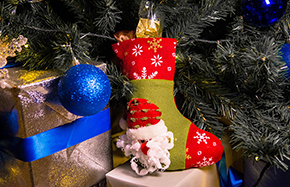The doornail breads of Beijing
 |
|
Doornail breads are filled with lots of beef and onions. Provided to China Daily |
This is more like a pie than a bread, and an interesting anecdote is often told about its origins. An executive chef in the imperial palace was tasked with creating a new snack for the Qing Dynasty Empress Dowager Cixi (1835-1908). He decided on a stuffed bread with a thin and light pastry and the empress was really pleased with the snack.
She took such an interest in it that she asked what it was called. That stumped the chef, who had not really thought about naming his new creation. His eyes fell on one of the giant studs that decorated the huge vermilion doors of the palace and blurted out: "Doornail bread, your Highness."
And so was born a new Beijing snack, endorsed by none other than the Empress herself. It's now more than 100 years since its invention, but the hot juicy filling and light flaky bread still draw queues outside the specialty shops that still sell this delicacy, often in the shadow of the Forbidden City.
The bread is filled with fresh and tender beef, with chopped scallions, ginger, red peppers and onions added to the meat. The thin crust of bread that surrounds the filling makes it very easy to take away, and also helps soak up all the juices.
The buns, 3 cm high and just about 5 cm across, are baked in a lightly oiled pan for about 10 minutes. It is usually flipped over halfway so that the bread is evenly toasted on both sides.
Best eaten hot, you still need to take care because the beef tallow inside the buns can dribble out and burn your hand. The buns are also eaten with vinegar, which helps cut the grease.
Beijing currently has six restaurants that still make and sell the doornail breads. Jiang Zhiqiang, 24, is a chef at one of them. He tells China Daily that his restaurant in Shouti South Road sells hundred of the bread each day, and they use up about 60 kg of meat for the filling.
Jiang has been making mending roubing for nearly eight years.
"A pan can bake 81 buns and I usually make about 8 pans every morning. Many old Beijing residents have gotten used to eating the buns for breakfast or dinner. Some come to our restaurant every other day." The buns are normally eaten with a bowl of porridge made with rice, or millet.
The little bun has gathered its share of honors. It was elected one of most famous snacks in the capital by the Beijing Cuisine Association and was awarded the gold medal during a nationwide Muslim culinary contest.
You can contact the writer at caoyin@chinadaily.com.cn.






















